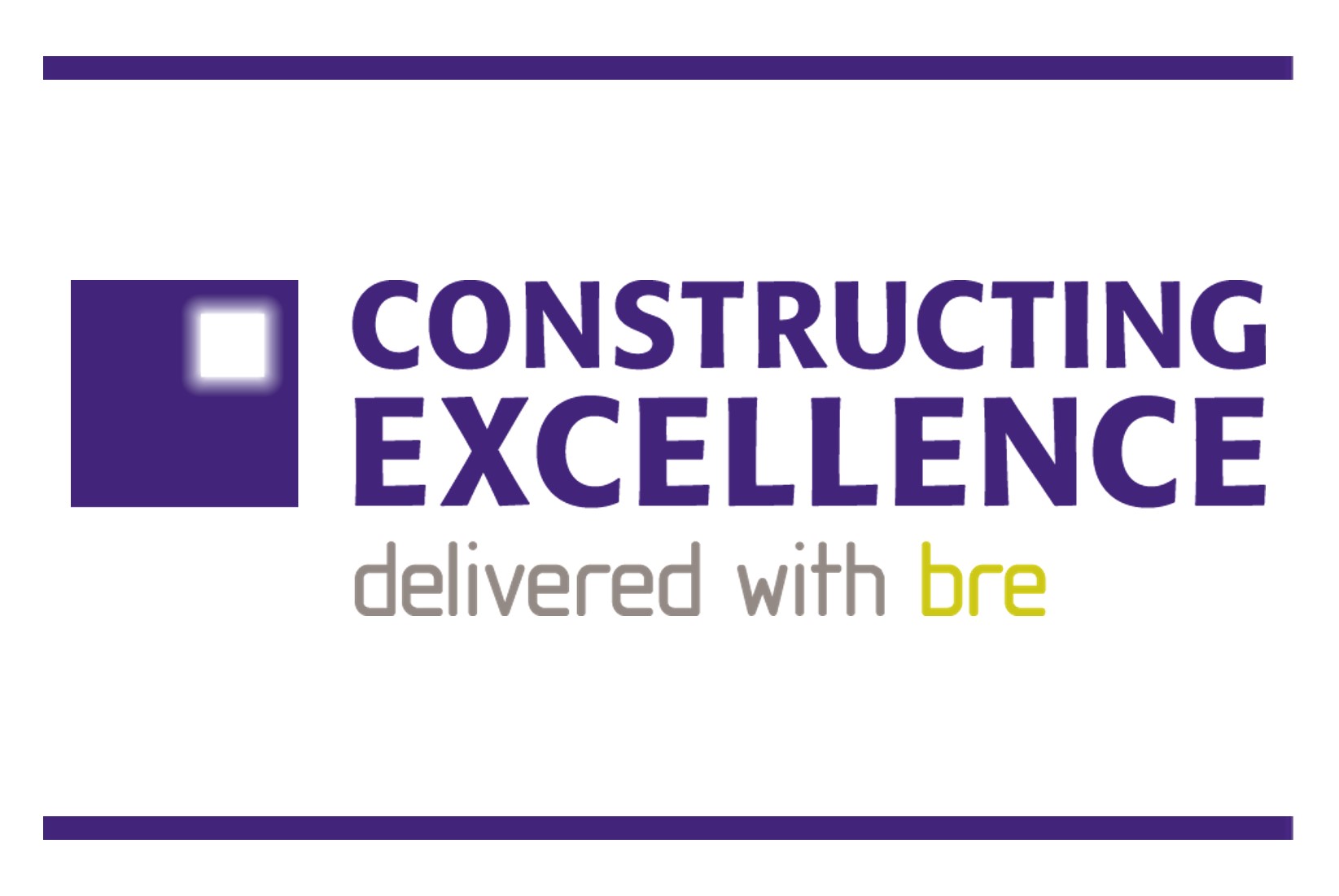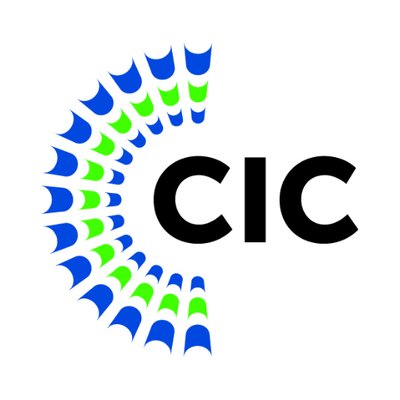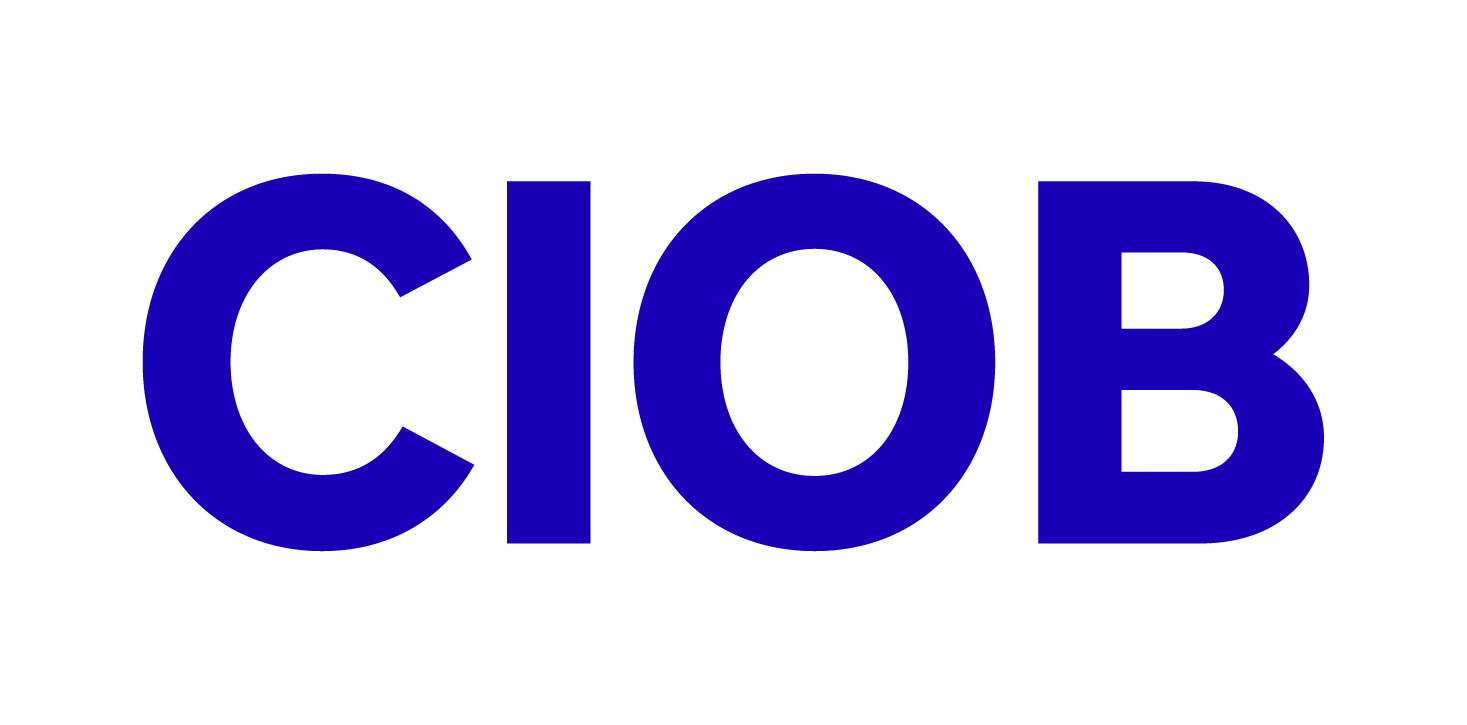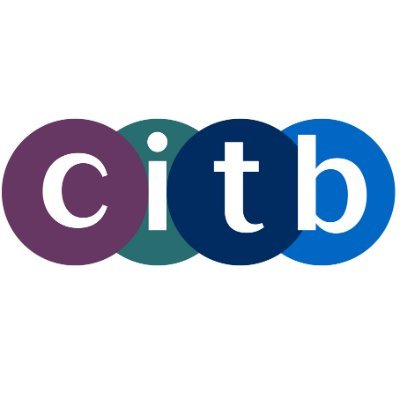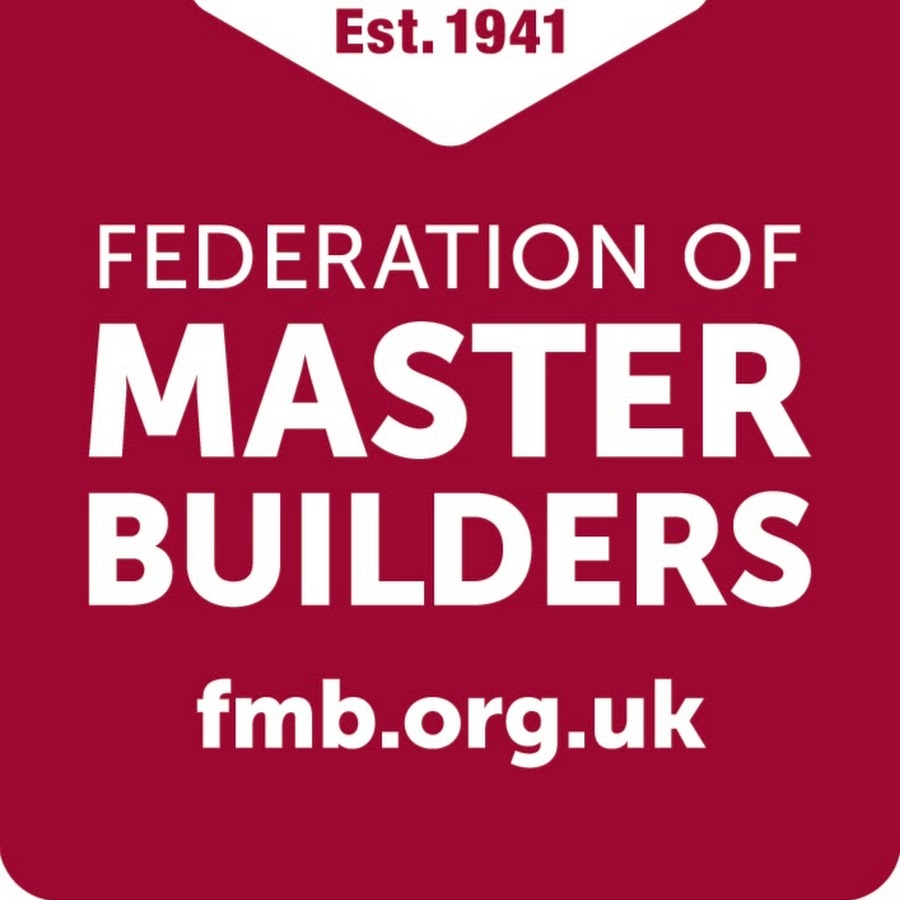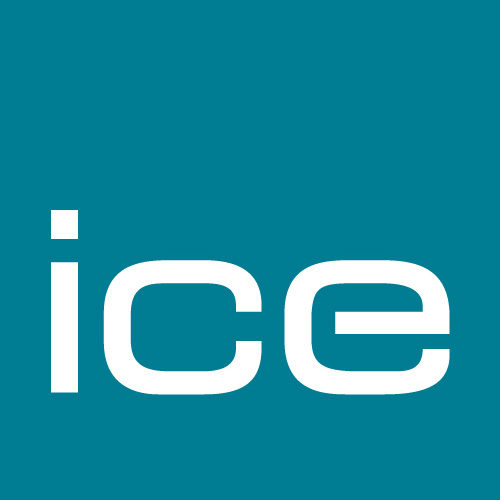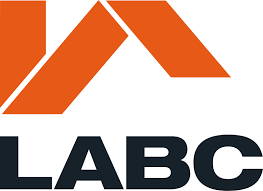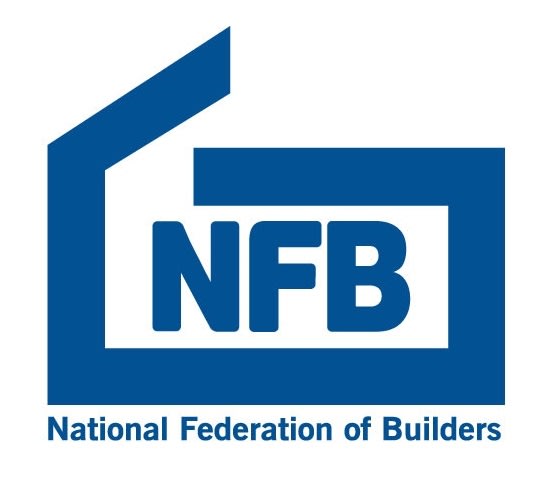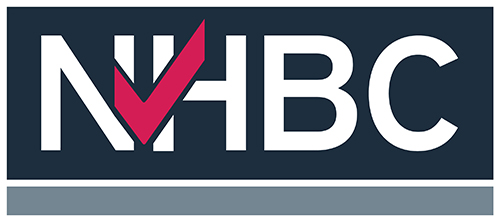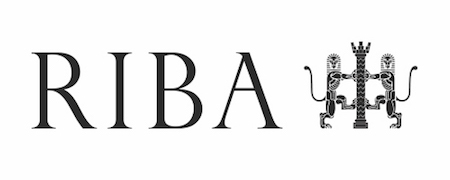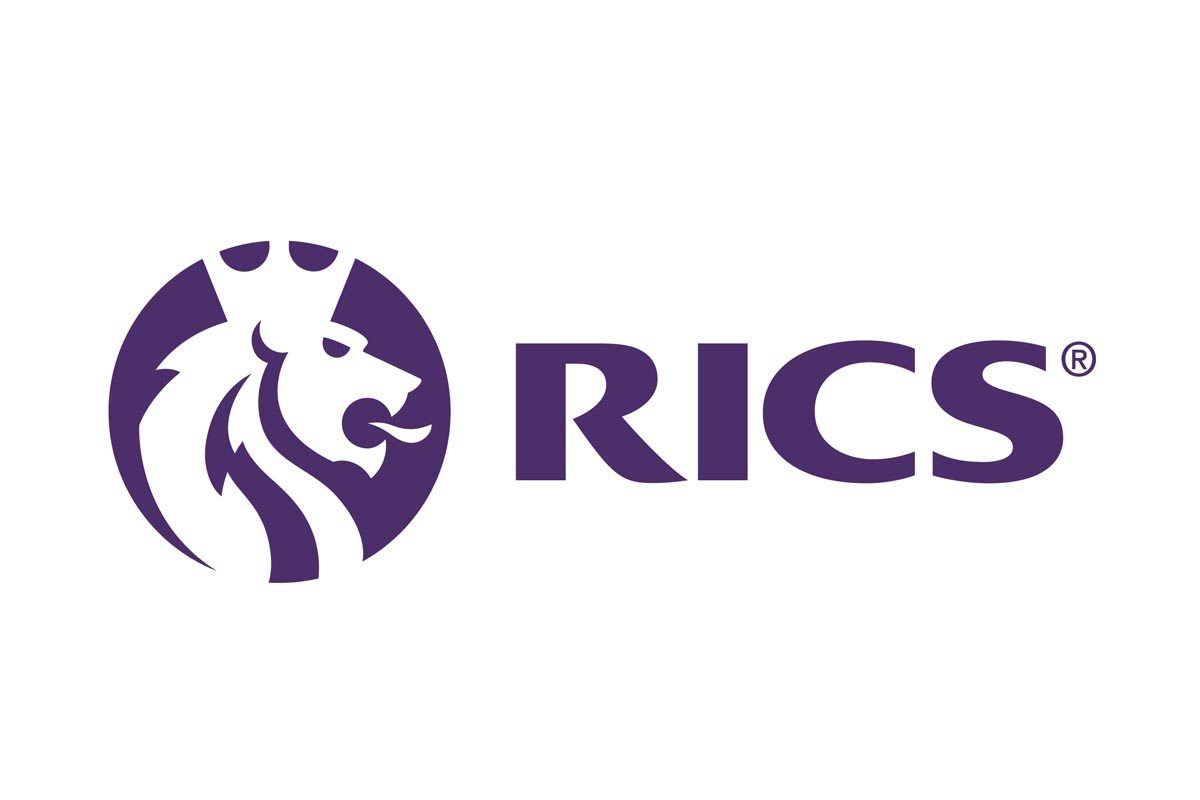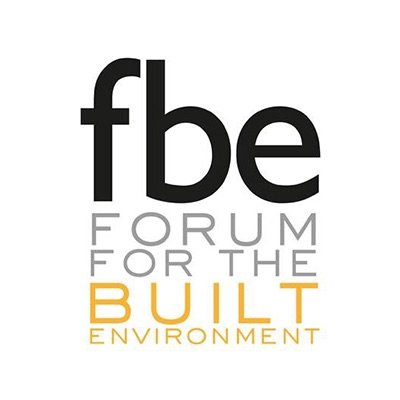Innovation – The main types of innovation process and underlying capabilities and behaviours
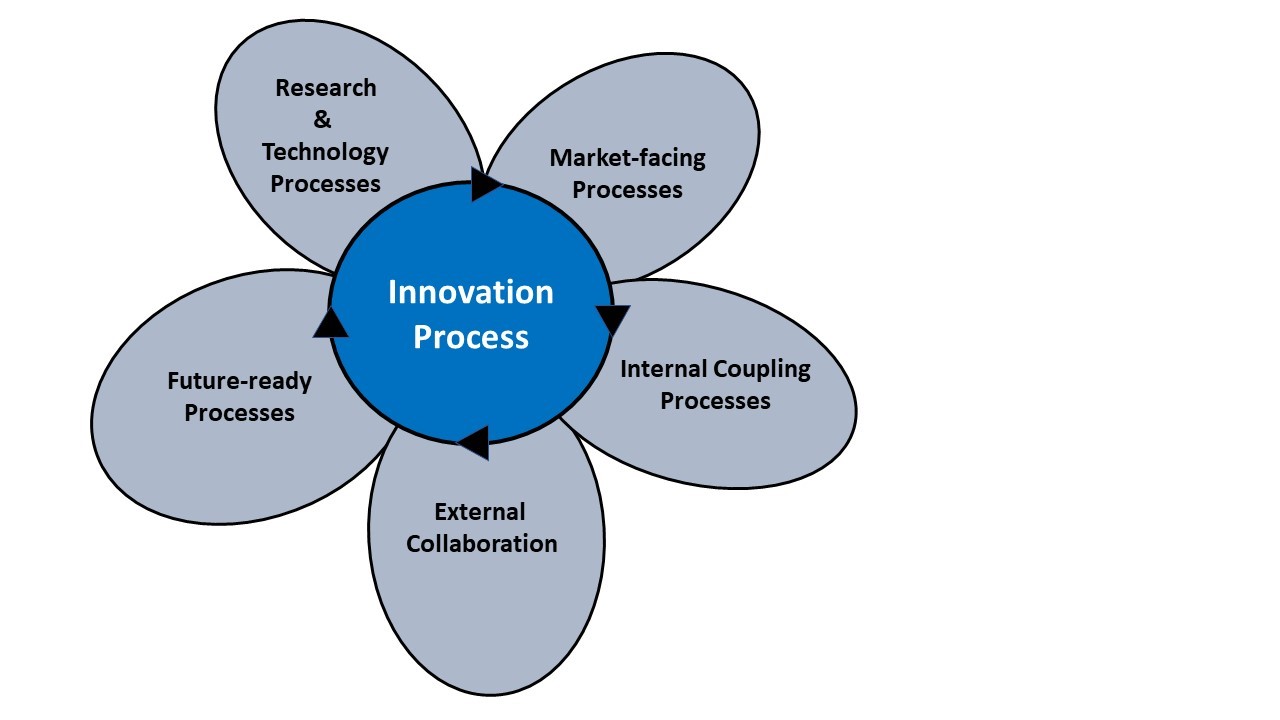
Last month, Martyn Jones sought to define what we mean by innovation. This month he turns to the leadership and management of innovation processes.
The many challenges associated with innovation requires leaders and managers to combine resources in different business and organisational contexts that require different processes.
As shown in the above diagram, there are five broad types of contexts and processes that we can use to create, deliver and sustain innovation, each requiring different underlying management and – given the scale of the challenges we currently face – transformational leadership capabilities and behaviours.
Innovative organisations use most if not all of these types of processes in creative combinations. Let’s examine each in outline.
Research and development (R&D) processes: These processes use science, research, new technologies and organisational structures and behaviours as a stimulus to innovate. There’s currently much reliance on this approach to deal with the challenges posed by the pandemic and climate change, “We are following the science” is the often-repeated mantra by Government.
Key leadership/management capabilities and behaviours: Selecting and conducting R&D and technology projects and applying and sustaining the outcomes.
Market-facing processes: The processes in this category begin with understanding the nature of market demand and organising resources in response to exploit and indeed shape emerging market opportunities.
Key leadership/management capabilities and behaviours: Collecting, analysing and responding to information about markets, end users and clients, coupled with the capacity to make decisions on when to create and lead markets ahead of demand.
Internal coupling: This is about connecting the resources within an organisation to support creativity and generate innovative outcomes.
Key leadership/management capabilities and behaviours: Fostering communication and collaboration between the various contributors to support the realisation of innovative outcomes is critical. Alongside this is the unleashing the abilities of people to combine their deep expertise in particular areas with the capacity to work collaboratively and creatively across disciplines and departmental boundaries.
External collaboration: The processes associated with this approach take us very much into Constructing Excellence territory and the role of strategic inter-organisational partnerships. The challenge for leaders and managers is to connect their organisation with external partners as they search for, choose and implement innovations. This may include links with universities and research institutes. The collaboration can be sought with other companies working in similar markets and technologies, or indeed different markets and technological fields, and brought together in various forms of operating system or groupings and business models, An example is provided by the developing relationships between construction firms and sustainability experts, the role of the Construction Innovation Hub and our own Innovation and Sustainability Theme Group.
Key leadership/management capabilities and behaviours: The ability to formulate, implement and sustain shared strategies for innovation through integration and collaboration between creative organisations.
Future-ready processes: These prepare organisations for the future by building awareness of, and responsiveness to emerging techno-economic-social paradigms. This may involve a fundamental change in operating systems, business models, and regulations to exploit disruptive technologies and new forms of inter-organisational cooperation and competition.
Key leadership/management capabilities and behaviours: The management of less measurable intangibles, such as organisational culture and mindset, service orientation, entrepreneurial spirit, and the encouragement of experimentation, creativity and even playfulness.
CESW’s Thought Leadership Groups provide a fertile and supportive space for developing a better understanding of innovation and encouraging and supporting the underlying leadership and management that we need. I’ve already mentioned our Innovation & Sustainability Group but there’s also the Clients’ Group, SMART Construction, Procurement & Productivity, Quality & Compliance, and Health & Wellbeing. All representing areas of construction where innovations are very much needed if we are to deal with the array of challenges we face.


